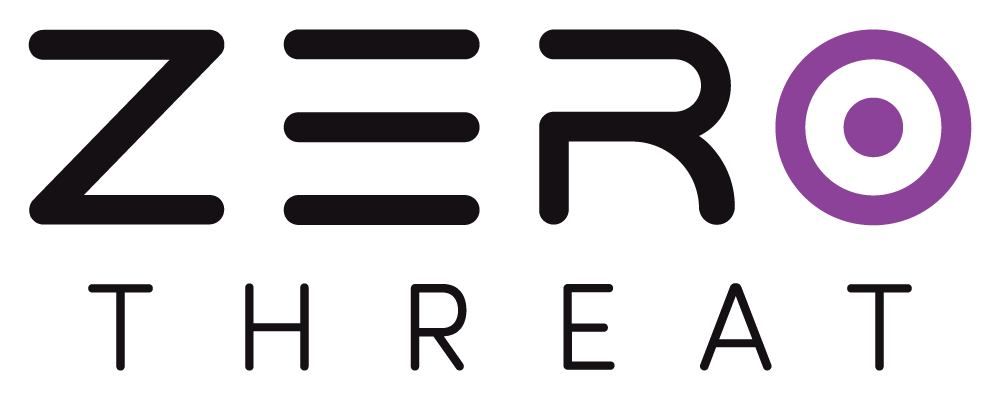Jira
Whether you're running periodic scans or have a fully automated CI/CD pipeline, this integration ensures that every confirmed vulnerability gets the visibility and focus within your existing Jira board.
Prerequisites
Before you begin, ensure the following:
- Your target application is verified on ZeroThreat.
- You have a Jira account with the appropriate permissions to create issues.
- You are logged into the correct Jira workspace in your browser.
Step 1: Connect ZeroThreat to Jira
- Navigate to the Targets (
.png) )section in ZeroThreat.
)section in ZeroThreat. - Click on the "Continuous Integration" button (
.png) ) for your desired target.
) for your desired target. - In the configuration drawer, click on the Issue Tracking (
.png) ) section.
) section. - Locate Jira and click the "Authorize" button.
.png)
A new browser tab will open. Click "Accept" on the Jira authorization screen. Once authorized, you’ll be redirected back to your ZeroThreat dashboard.
Step 2: Create Jira Issues from a Scan Report
Once Jira is connected:
- Go to the Scans (
.png) ) section in ZeroThreat.
) section in ZeroThreat. - Open any completed scan report.
- Click the "Jira Task" (
.png) ) button at the top of the report.
) button at the top of the report.
A Jira integration popup will appear with multiple configuration options.
Step 3: Configure Jira Issue Settings
In the Jira Task popup:
- Select your Jira instance (workspace).
- Choose the Project, Board, and Sprint where you want vulnerabilities to be tracked.
- 📌 All issues will be automatically added to the selected sprint.
.png)
Step 4: Create Issues for Vulnerabilities
- In the scan report, identify the vulnerability you want to assign.
- Click "Create Issue" next to it.
- ZeroThreat will generate individual Jira tickets for each instance (finding) under that vulnerability type.
.png)
All tickets are immediately pushed to Jira and can be tracked from either platform.
Step 5: View and Manage Issues in Jira
- Go to Created Issues in ZeroThreat to see all Jira tickets generated for that scan.
.png)
- Click on any issue to open it directly in Jira.
- Inside each Jira issue, you'll find:
- A detailed description of the vulnerability
- HTTP request and response headers
- Evidence (such as parameters, payloads, or proof of concept)
- A link back to the full scan report in ZeroThreat
.png)
It is important that you don't remove the label ZeroThreatAI. This label is used to enable bi-directional sync between ZeroThreat Portal and Jira, removing this will stop the sync.
Step 6: Bi-directional Comment Sync
You can manage collaboration across teams without switching platforms:
- Leave comments in the Jira issue they will automatically appear in the corresponding entry in ZeroThreat.
- Add comments from within ZeroThreat they will be synced back to Jira.
.png)
This ensures both security and engineering teams stay aligned on context and progress.
Step 7: Monitor Issue Status in ZeroThreat
To view the current status of the issues created, open the scan report where you initially generated the Jira tickets. Click on the Jira Task button once again and select the same sprint you used earlier. This will display the latest details for each ticket, including its priority, the assigned team member, and the current status such as To Do, In Progress, or Done just as you would see directly in Jira.
.png)
This provides a central security-focused view of your development team’s progress on remediation.
Best Practices
- Create Jira issues only for validated and high-priority vulnerabilities to avoid noise.
- Align scan schedules with sprint cycles or release timelines for smoother remediation planning.
Finished setting up Issue Tracking? Head over to our guide on Reviewing Scan Reports to learn and analyze different sections of the scan report.
